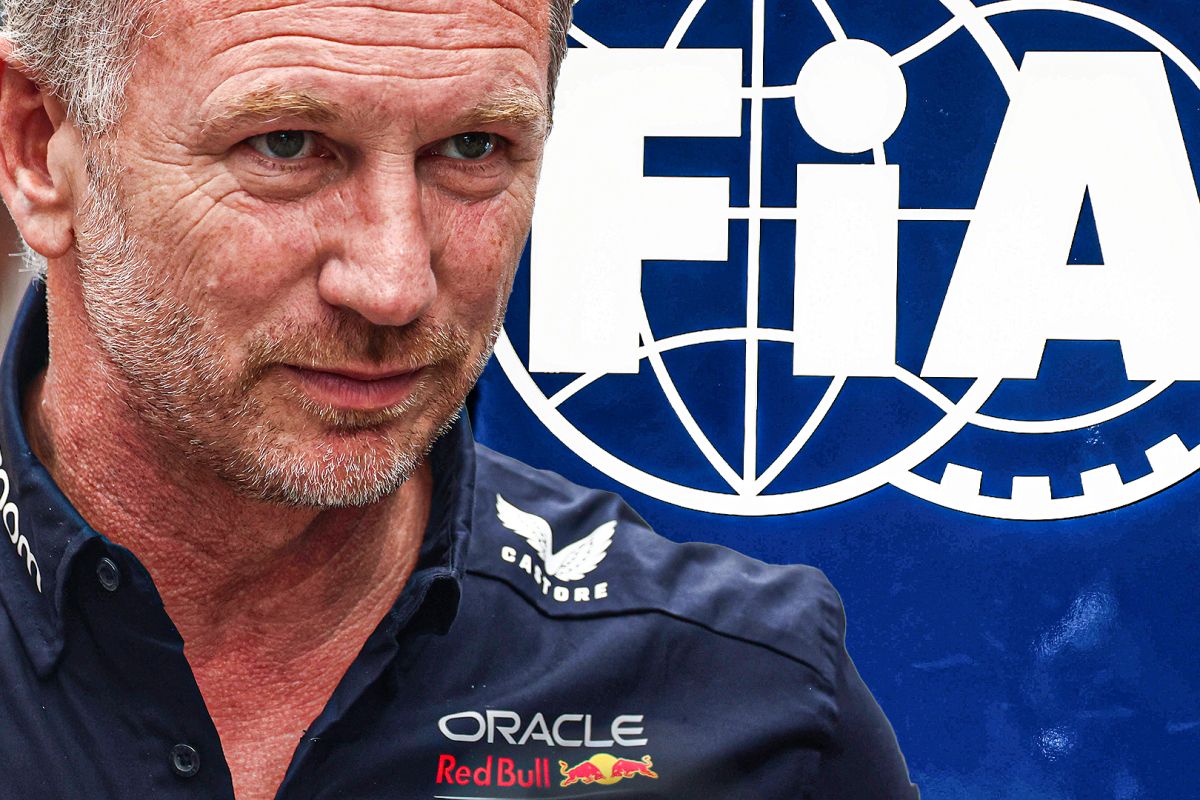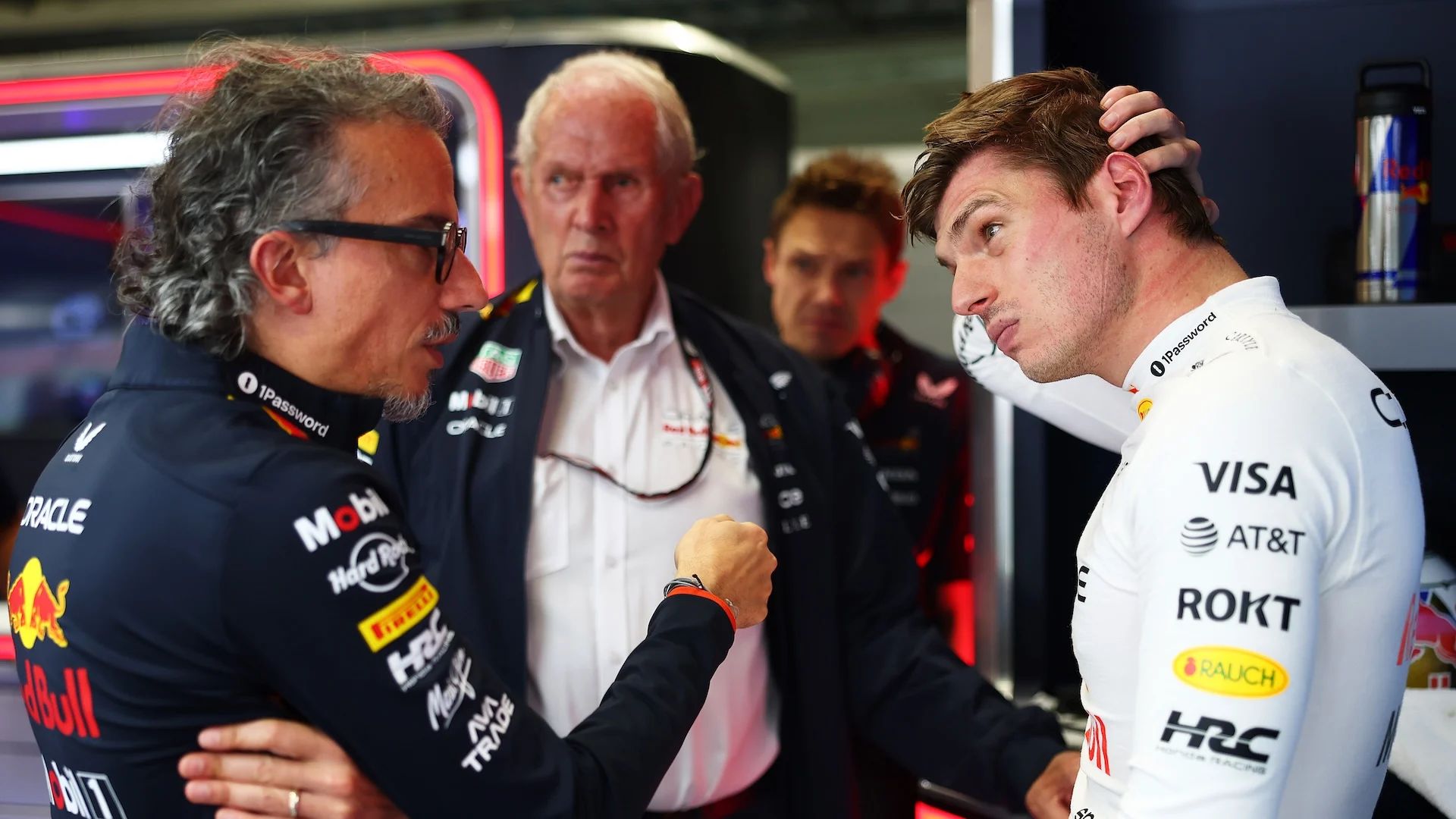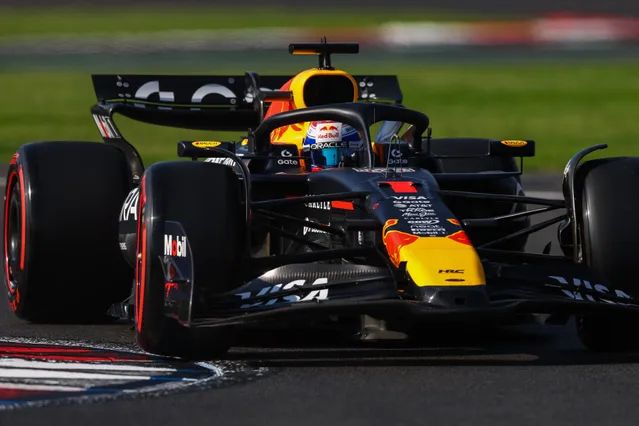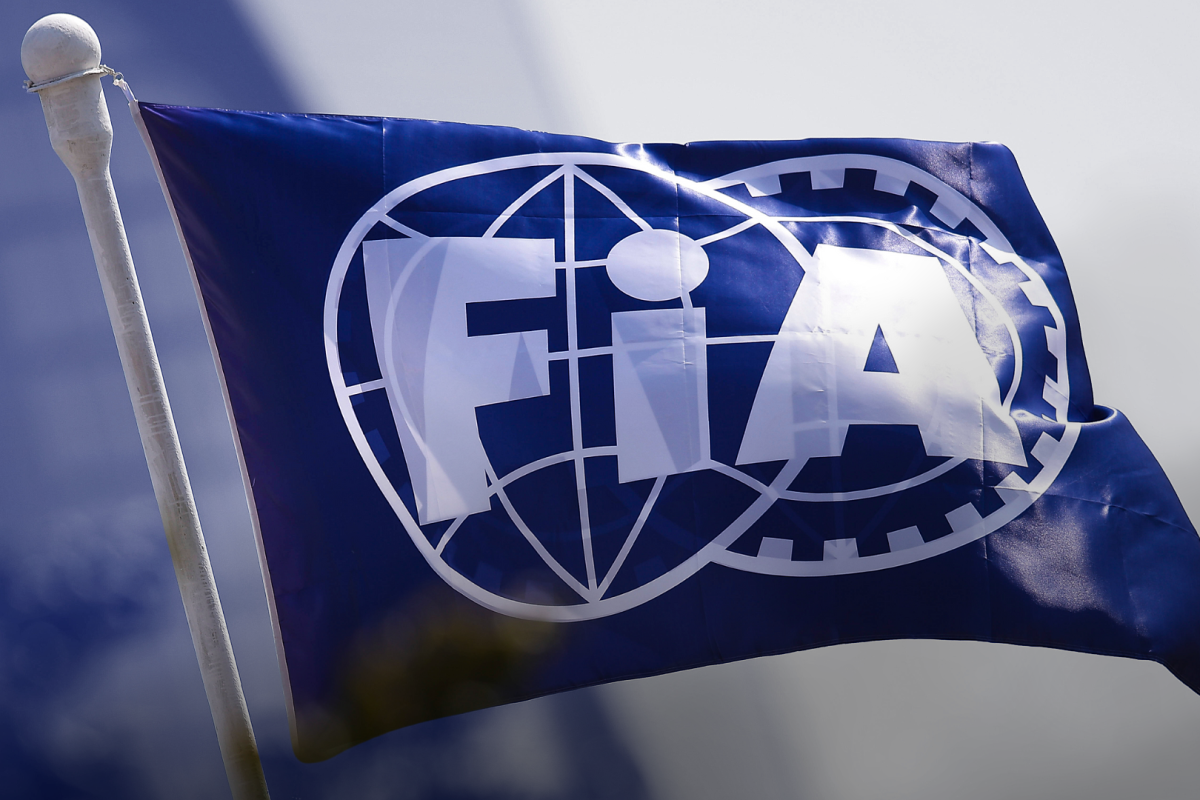FIA Rejects Red Bull Protest Against Russell as Miami Grand Prix Results Stand
The FIA has officially concluded its review of a protest lodged by Red Bull Racing against Mercedes driver George Russell following the 2025 Miami Grand Prix. The challenge centered around an alleged yellow flag infringement during the race, with Red Bull asserting that Russell failed to sufficiently reduce his speed in a caution zone—a claim that, if upheld, could have promoted Max Verstappen to the podium.
The Incident in Question
During a section of the race that was briefly under yellow flag conditions, Red Bull argued that Russell, who was running ahead of Verstappen at the time, did not comply with the Sporting Regulations. Specifically, they cited Article 26.1(a), which states that drivers must “discernibly reduce speed” when yellow flags are waved, signaling a potential hazard on the track.
According to Red Bull’s interpretation, while Russell did lift off the throttle as required, his overall speed did not drop enough to satisfy the spirit or the letter of the regulation. The team argued that simply easing off the accelerator isn’t sufficient unless there is a noticeable decrease in speed through the flagged zone. They pointed to telemetry and video evidence showing that Verstappen, who was directly behind Russell, had demonstrably reduced his speed more significantly as required by the rules.
Had the stewards agreed with Red Bull’s interpretation and penalized Russell—typically with a five-second time penalty—Verstappen, who finished the race within five seconds of the Mercedes driver, would have inherited third place on the podium.
Mercedes Defends Russell’s Actions
In response to the protest, Mercedes defended their driver by stating that Russell followed the widely accepted practice among all Formula 1 teams regarding yellow flag zones. According to their explanation, lifting the throttle significantly is the standard and agreed-upon method of demonstrating caution during yellow flag conditions.
Mercedes also emphasized that there was no precedent or directive from the FIA requiring an exact reduction in speed to a lower numerical threshold. Their interpretation relies on the idea that a substantial throttle lift reflects the driver’s intent to proceed cautiously, and thus satisfies the requirement for a “discernible reduction in speed.” The team argued that Russell’s actions were consistent with how such situations have been handled across the grid.
FIA’s Final Ruling
After reviewing data from both cars and hearing from the involved parties, the stewards ultimately sided with Mercedes and rejected Red Bull’s protest. The FIA’s statement acknowledged the protest but confirmed that Russell’s response to the yellow flags met the standards currently applied by the FIA and agreed upon by all competitors. As such, no penalty was issued, and the results of the Miami Grand Prix remain unchanged.
This decision means that George Russell retains his third-place finish, and Max Verstappen remains in fourth. The result was particularly important for Mercedes, as it marked a rare podium finish in what has been a challenging season so far. Meanwhile, Red Bull will feel aggrieved by the outcome, believing Verstappen was unfairly denied a podium spot.
Conclusion
The incident underscores the ongoing debate around the interpretation of yellow flag rules in Formula 1. While lifting the throttle has long been considered acceptable, this case illustrates how slight differences in driver behavior can lead to disputes when championship points and podium finishes are at stake. The FIA’s decision may prompt further discussion among teams regarding clarity and consistency in enforcing such regulations.
For now, though, the results of the Miami Grand Prix are confirmed, with Russell holding onto third and Verstappen narrowly missing out on the podium.




